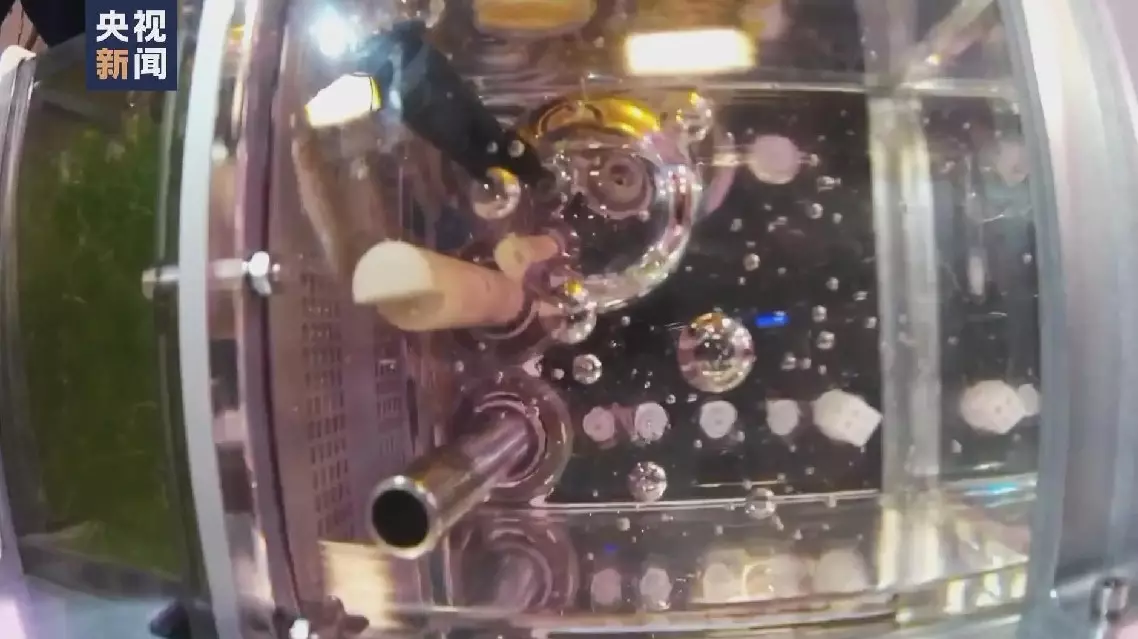The China-Europe freight railway's east route had handled 2,000 train trips hauling 210,000 twenty-foot equivalent units (TEU) of goods this year by Sunday, reaching the milestone earlier than ever before, according to the China Railway Harbin Bureau Group.
Connecting China with 14 countries including Russia, Poland, Germany, Belgium and the Netherlands, the east route is one of three main routes on the railway -- west, east, and middle.
Along its 24 lines, the east route has become vital for the transport of such cargo as electrical products, daily necessities, industrial machinery and agricultural products.
The east route consists of three ports, namely Manzhouli Port, Suifenhe Port and Tongjiang Railway Port.
The Manzhouli Port in Inner Mongolia Autonomous Region has helped the city shift away from waste steel and agriculture to become a major repackaging and distribution hub.
Further east, in Heilongjiang Province, the route's ports of Suifenhe and Tongjiang have also been thriving this year. Suifenhe has seen a growth rate of more than 10 percent in logistics for five consecutive months, while the newly opened Tongjiang Port has shown promise for growth, handling over 100 freight trains for import and export.

2,000 China-Europe freight trains pass through China’s east ports this year
The four zebrafish brought into orbit by the Shenzhou-18 spaceship on April 26 are now in good conditions after staying 20 days in China’s space station, according to researchers.
The four fish are now living in a small "aquarium" in the Wentian laboratory module on the Tiangong space station.
They were sent to the space station for a life science and ecological experiment, which requires the three Shenzhou-18 astronauts, Ye Guangfu, Li Cong and Li Guangsu, to create a simplified version of an aquatic ecosystem using zebrafish and hornwort to study how the space environment affects their growth and system balance.
So far, the astronauts have successfully carried out two times of water sampling and one fish food container replacement. They have found some abnormal directional behaviors of the zebrafish in microgravity, such as reverse swimming, rotational movements, and circling.
The water samples, fish eggs, and videos recording spatial movement behaviors of the zebrafish will be sent back to Earth for scientists to study the influence of space environment on the growth and behaviors of vertebrates, which will provide reference for researches on material circulation of contained ecosystems in space.
If the experiment succeeds, it will be a significant breakthrough to cultivate vertebrates in China's space program. Not only will the astronauts find joy in the space "aquarium," but it may also pave the way for their future counterparts to enjoy nutritious fish from their own in-orbit harvests.

Zebrafish in good conditions after staying 20 days in China’s space station










